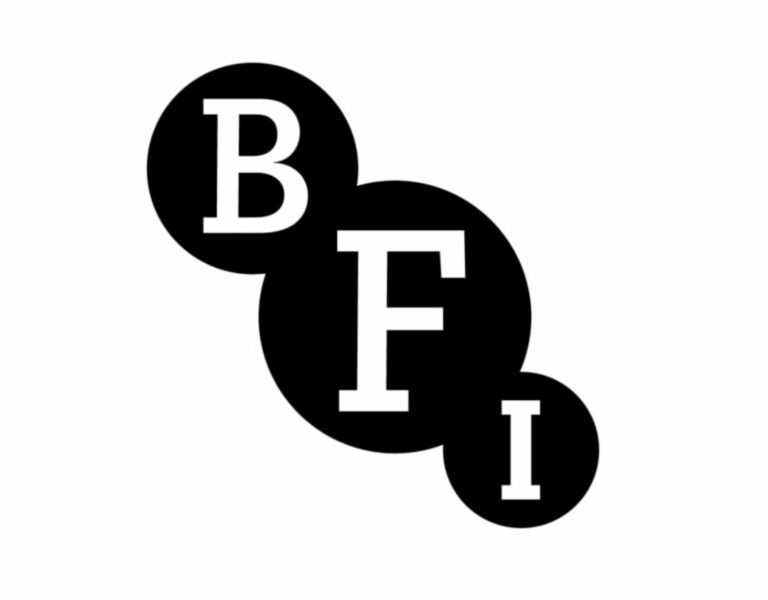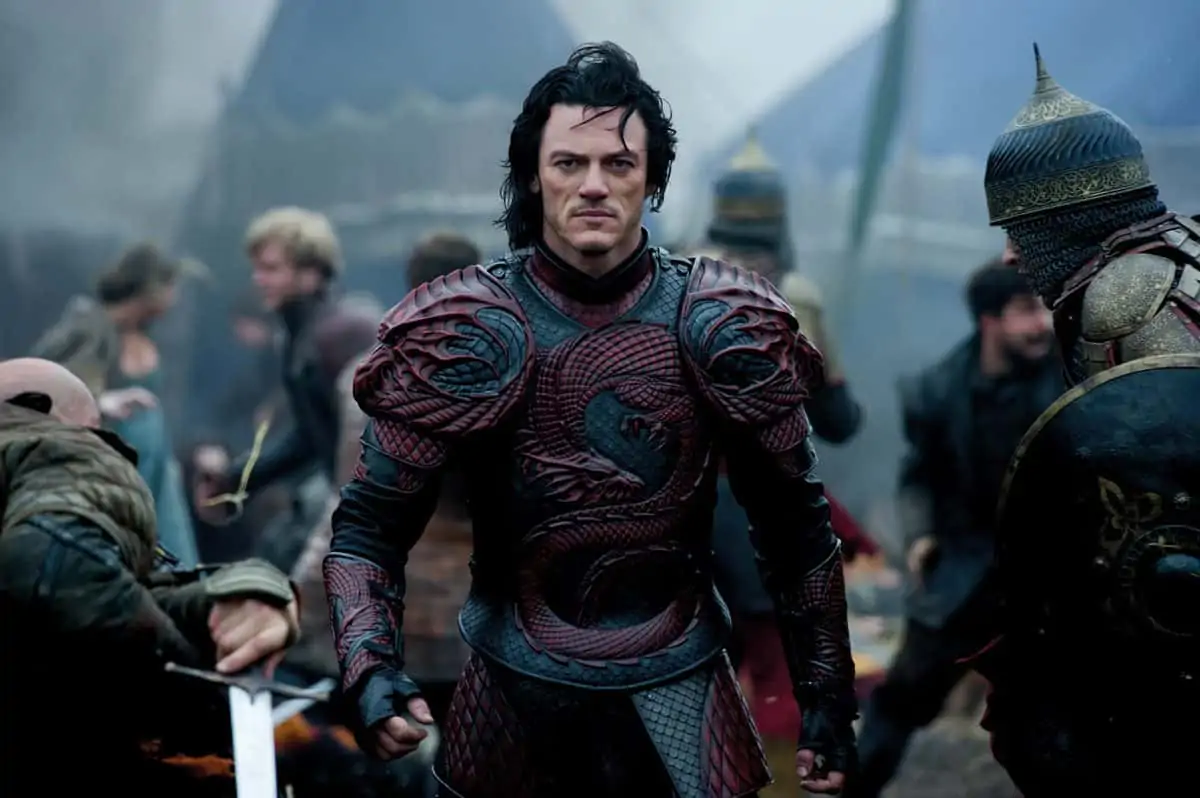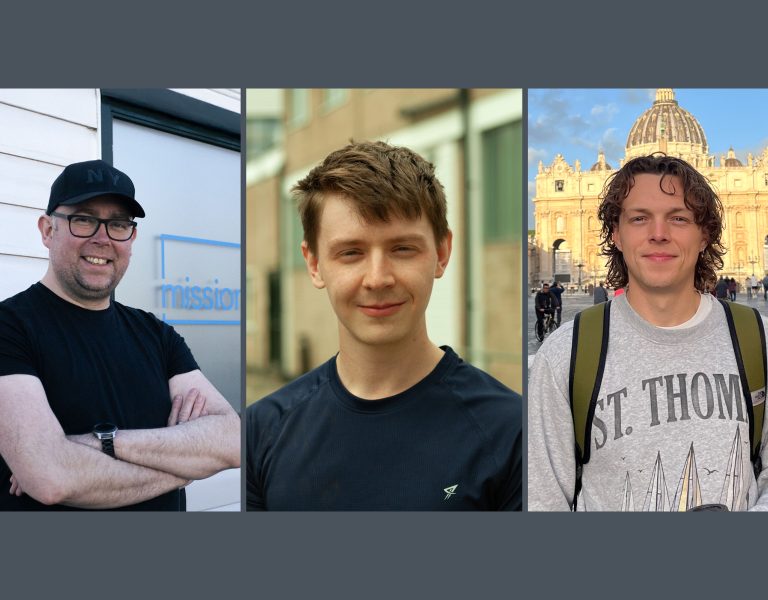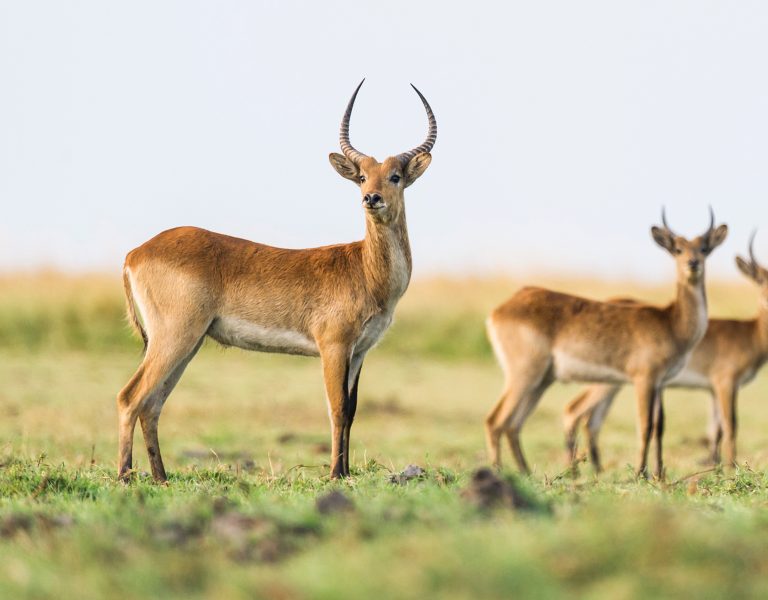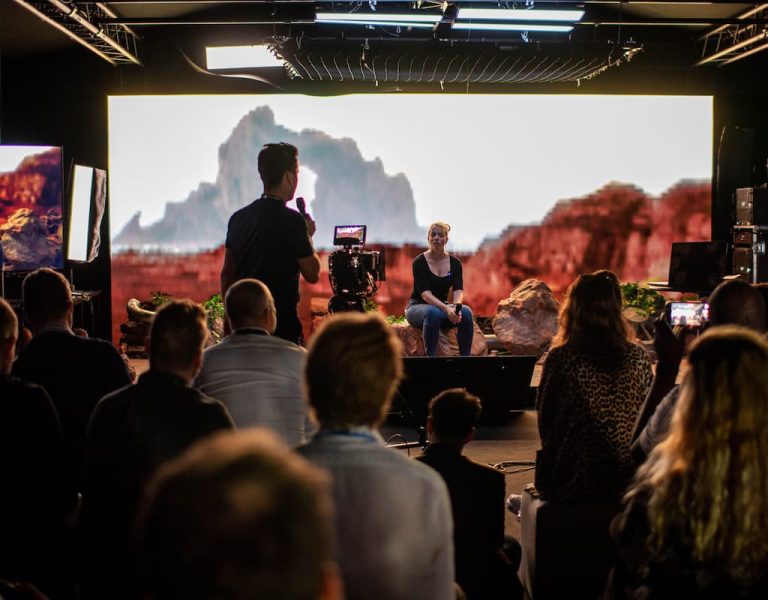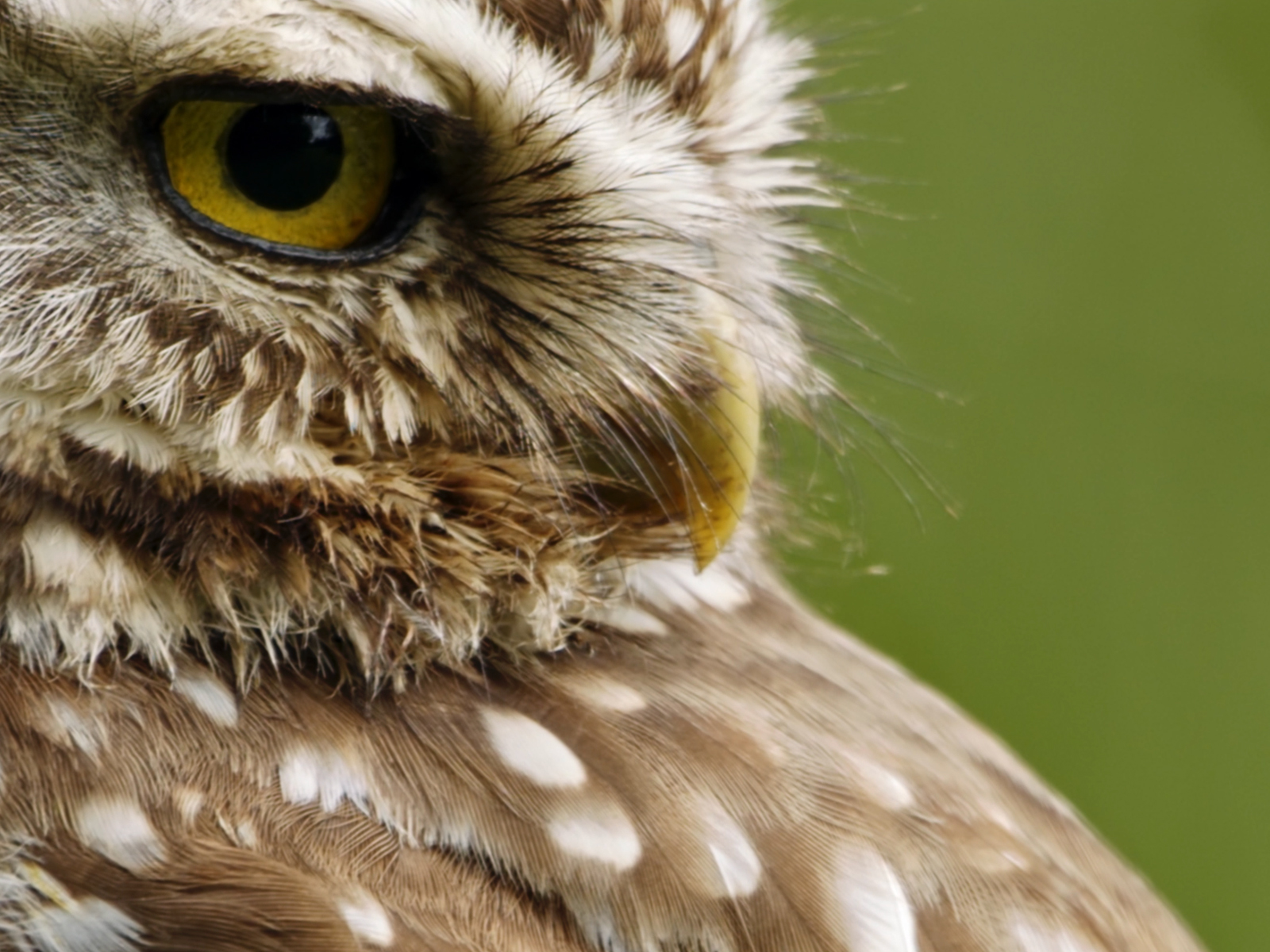
As a wildlife filmmaker, Katie Mayhew’s journey has been as wild and unpredictable as the subjects she has captured through the lens. From the lush greenery of the British Isles to the icy expanses of Churchill, her career has been a tapestry of thrilling encounters, creative challenges, and inspiring collaborations.
It all started with a fascination for photography and the great outdoors. As a teenager, I always had a camera in hand, trying to capture the beauty of the world around me.
During my A-Level studies, a cameraman named Mungo (Paul Mungeam) visited our class to discuss his adventures as a cameraman. His stories of travel and adventure sparked a realization in me: I could merge my love for photography with my passion for the outdoors and make it my livelihood. This epiphany set me on a path I have been following ever since.
This newly found passion led me to Stroud College, where I specialized in medium format film photography. My time at college allowed me to explore and experiment with photography; it was the kindling of a lifelong flame.
My first professional step into the world of natural history was at Films@59 in Bristol. Here, as a runner, I learned that even the most menial tasks opened doors to invaluable connections and experiences. Starting from the bottom in this industry isn’t just a rite of passage; it’s an opportunity to observe, learn, and grow.
One of my most cherished projects to-date is the BBC series “Wild Isles.”
Working on this series felt like coming full circle as I captured the wildlife that had enchanted me since my youth. The series wasn’t just a job but a celebration of nature, teamwork and fulfilling a childhood dream.
However, not all moments in the wild are about capturing the perfect shot. One of my early experiences as a second camerawoman brought me face-to-face with the raw power of nature. While filming a distant polar bear on foot in Churchill, we encountered a massive male bear just around a rocky outcrop. With my heart pounding and the bear asserting his dominance, it was a profound lesson in respect and humility. Once at a safe distance, I didn’t film again; I just watched and took in the moment in. It also taught me that sometimes it is important to step back from the camera and absorb life’s extraordinary experiences.
Four years ago, while filming a Natural History series, I met David Plummer. His resilience and vibrant energy, despite Parkinson’s, were captivating. David’s profound understanding of the natural world and exceptional field craft skills were impressive and something I deeply admired and aspired to learn. His story deserved to be told and led us to an exciting collaboration.
As I got to know David personally and through our work, I began to understand his filmmaking challenges and the motivations that propelled him to overcome them. These insights naturally fed into the storytelling in “15 Years,” which adapted and evolved.
This organic narrative approach mirrored David’s adaptive journey through life. I aimed for the film to be impactful yet positive, creating a balance where each hard-hitting moment was followed by an uplifting one, reflecting David’s innate ability to find positivity, greatly enriching our storytelling.
Knowing him as well as I do definitely aided our collaboration. To capture David and his Parkinson’s in its true light required trust and patience with each other, something we both have, well most of the time, anyway!
Creating “15 Years” was a challenge, both technically and emotionally. I chose to use Blackmagic cameras for their cinematic quality and the flexibility they offered in post-production. I was determined to keep the film visually dynamic, using a slider system and gimbal for movement. However, during production, a major operation forced me to rethink my approach, reminding me that adaptability is not just a skill but a necessity in this field.
I couldn’t lift any weight for months. I felt a huge creative block during the early stages of my recovery, and I know David had been feeling the same for other reasons. I had been used to filming with bigger rigs, and suddenly, I needed to completely rethink my approach, carrying as little weight as possible while not compromising on the moving visuals I’d planned to capture.
Specifically, I used a Blackmagic Pocket Cinema Camera 6K Pro for its compact size, ideal for the DJI Ronin, and the URSA Mini Pro 4.6K G2 and 12K for long lens wildlife shots on a tripod due to their higher frame rates. I aimed for a wide-open shooting style to enhance the film’s cinematic feel, using the built-in ND filters on both cameras.
Working in natural history filmmaking, I predominantly utilise available natural light. I aim to shoot during the golden hours or when the light is low, enhancing the scene’s natural beauty. For “15 Years,” I used StellaPro lights only during sit-down interviews, casting a soft light on David’s face to balance the exposure against a lighter background.
David suggested under-cranking the frame rates for certain shots. Combining motion blur and frame blending in Davinci Resolve created a compelling effect. We used this technique selectively, especially during a sequence where David discusses the ineffectiveness of his medication.
The documentary was a testament to the power of personal stories and the emotional depth they can bring to a film. Editing the film myself allowed me to weave the narrative intimately, ensuring every frame resonated with the story. The collaboration with Dan Beare for colour grading and Ami Kaelyn for the score brought additional layers of depth and emotion to the film.
“15 Years” was a departure from my usual wildlife subjects, but it enriched my perspective and honed my storytelling skills. It reinforced my belief that whether filming a majestic animal or a remarkable human story, the essence of filmmaking lies in the ability to connect, empathise and convey emotions.
Looking back, I see that my career in wildlife filmmaking has been a journey of discovery, learning, and profound respect for the natural world and the stories it holds. Each project and encounter have been a stepping stone, shaping my career and understanding of life and the delicate balance we share with nature.
You can watch the film at the link below…

